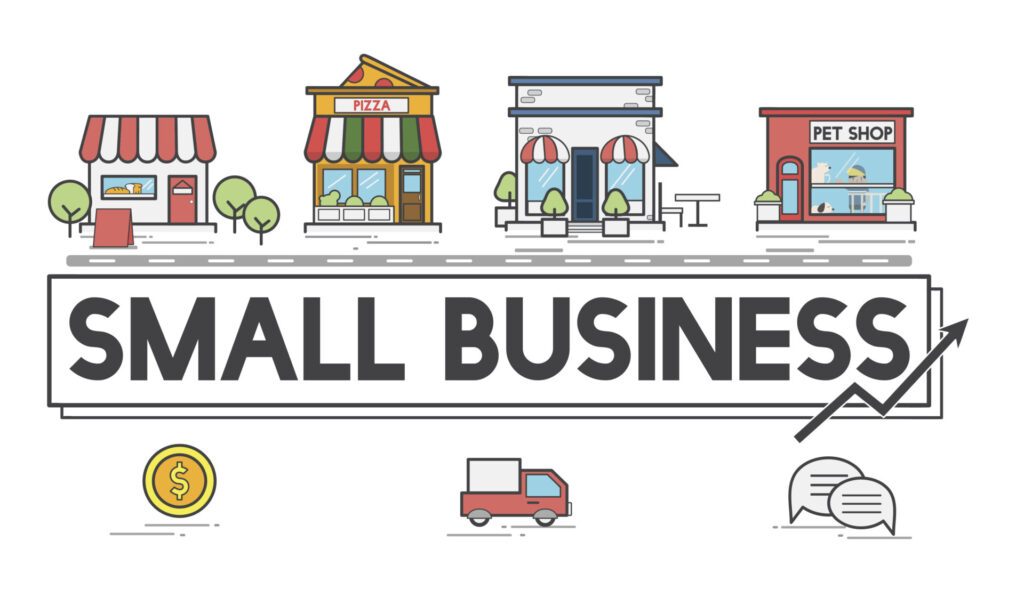We live in an era where it is nearly impossible to build a brand presence without a website. It is the first step to online success and a good website doubles up as your around the clock sales person. So, we cannot overlook the importance of a good website. But all things good come with a price tag. In this article, we will show you a complete price breakdown for building a small company website.
1. Domain & Web Hosting
The domain is your website URL, for instance, ours is Netlynxinc.com, and, hosting is the platform that stores all your website files and makes them visible to your viewers. The domain and hosting are mandatory purchases.
How much you spend on both depends heavily on the platforms and names you choose. For instance, a ‘.com’ version of a website is much more expensive than a ‘.net’ or ‘.ca’ version. Also, domain names that are already sold, show a much higher price, based on the domain value and the owner’s choice to auction the name.
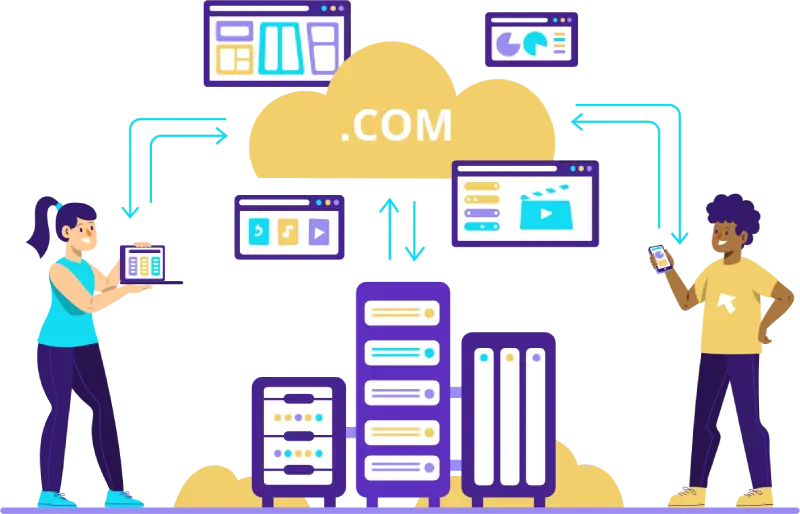
A ‘.com’ version of a website can cost you anywhere from $9-14 a year whereas a .net or other versions will cost about $5-8 a year.
Hosting costs depend entirely on the type of hosting you choose and the size of your website. As a small business, you are most likely to opt for shared hosting which will cost around $1-15. There are pros and cons to shared hosting. The pros of course are the lower cost and simplicity of customizing the website. However, since it is a shared space, you can expect a bit of lagging, especially if your site shares space with another website that requires more resources. It is important to work with a reputable hosting agency that balances the space allotted to you with websites that have similar requirements.
2. Website Functionality & Usability
What should a customer be able to do when they enter your website? Answering this helps build your website functionality. Functionality and usability of the website go hand in hand where functionality deals with the ‘what’ and usability deals with the ‘how’.
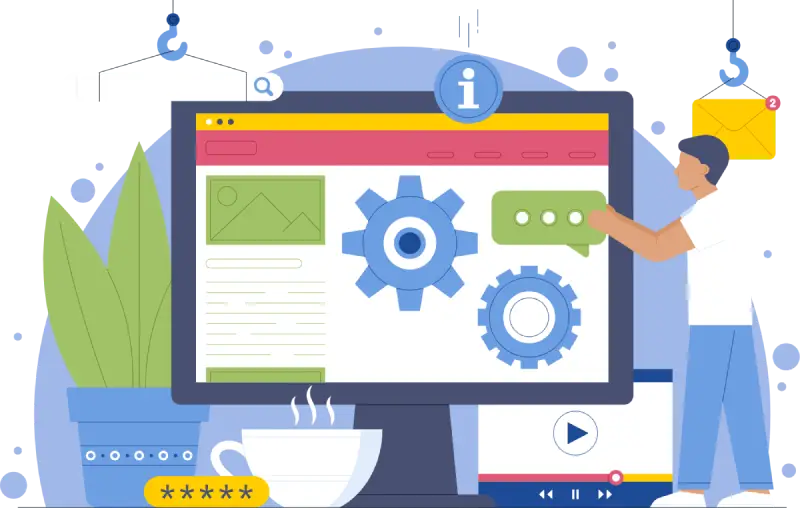
Functionality and usability depend heavily on your end goal. For instance, if you want a brochure website that provides information and value, you will provide fewer functions (like navigation tools and interconnected content). If you have an e-commerce website that allows customers to browse products and make a purchase, you need to provide a lot of functionality (like navigation tools, payment gateways, SSL certificates, and so on).
As you may imagine, the proposed website functionality and usability will directly impact its cost. Basic functionality requirements for a corporate website will cost around $3,000 and above, whereas intricate requirements for an independently owned e-commerce website can start from $5,000 and above.
3. Website Design
75% of the time, customers leave a website because of poor design. But ironically, good design is less likely to be noticed by customers. It merely acts as a stage background that brings focus to your products and services. So, if your customers make no comment on the website design and just leave after they get what they are looking for – it’s a good sign!
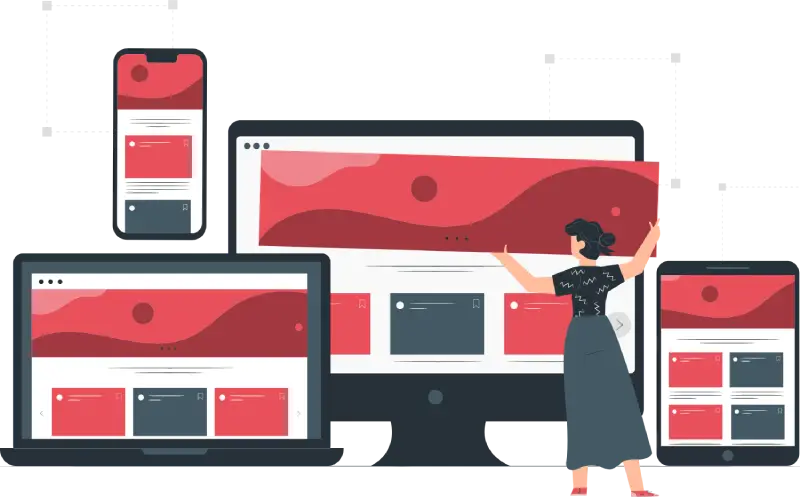
A good website designer creates the face of the website, one that highlights what your brand stands for. It always starts with research, followed by a first draft, multiple edits and ultimately, the final design. Companies price website design services differently so it is hard to provide a proper price range for the service. However, when a company provides you with a quote you should consider the following:
- The number of people working on your project (more the people higher the price)
- The years of experience the web design agency/individual has (more the experience higher the price)
- The city you are seeking services from (some cities are more expensive than others)
- Packages and discounts: some companies provide special offers and seasonal discounts for small company websites
- Niche expertise – A boutique web design agency that focuses solely on your niche, will charge less than bigger companies that have multi-channel expertise.
4. Website Development
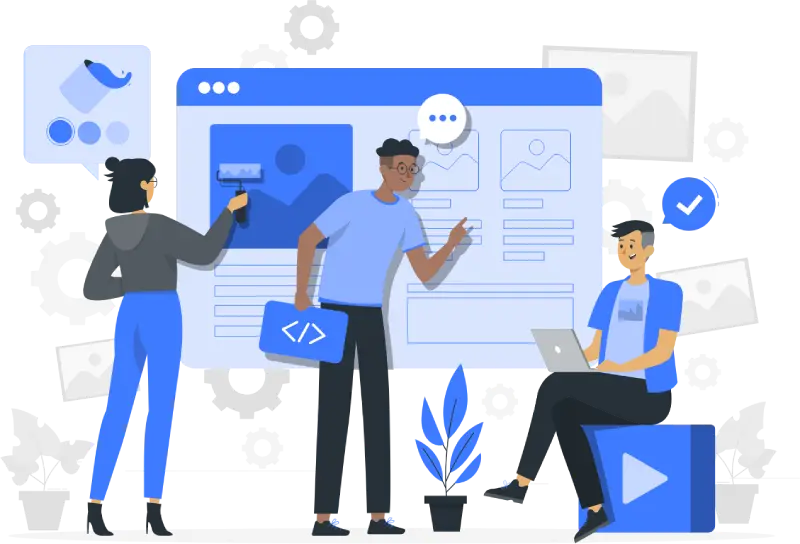
Once we have a design, we go on to the next step which is web development. Web design and development go hand in hand, which is why many companies develop a website while designing it so that their client gets a feel for its functionalities. Just like web design, web development pricing varies greatly on the factors mentioned above.
5. Content Management System
A content management system or a CMS allows website owners, with no prior coding knowledge to create, manage, and publish content on their website. Very few websites will not have a CMS – these are usually static websites or those that do not aim at building their content.

If you want to provide customers with value through your content, a CMS like WordPress will empower you to build content without your developer’s assistance. A good CMS is:
- Easy to use
- Affordable
- Scalable
- Easy to customize
- Secure
CMS costs vary greatly on the platform. A good way to choose a CMS is to find which ones the most successful businesses within your niche are using. This gives us an idea of the scalability of the system. If you are working with a company that provides web development and web design services, they will usually research for you.
6. Mobile Optimization
Since most of our customers are mobile visitors, mobile optimization is mandatory for online success. Good web developers and designers will optimize your website for different screen sizes. The cost for mobile optimization depends heavily on the level of design changes and functionality changes required on the mobile and tablet versions of your website. But on average mobile optimization charges start from $1,000.
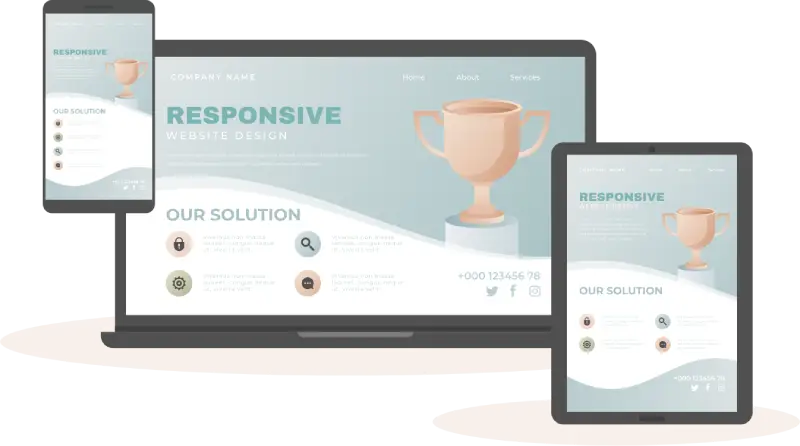
When working towards mobile optimization, you should ask the following:
- What are my mobile users looking for when they land on my website?
- What is the state of mind of my target audience (are they traveling, busy, tense, or relaxed?)
- Are mobile users getting what they are looking for on the website?
Good web design agencies will charge you for the work needed based on the above parameters.
7. Ongoing Maintenance
Are there any security updates for your website? Plugin and extension updates? Ongoing maintenance and updates make sure your website is running smoothly even in the years to come. It also protects your website from potential risks and threats.
Ongoing website maintenance is absolutely essential and web development companies often provide this service as a part of their web development services.
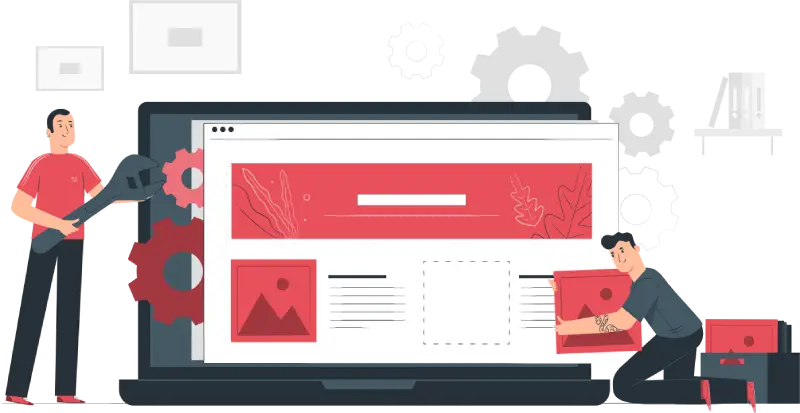
Again, like most other factors mentioned above, charges depend heavily on the amount of ongoing maintenance needed on the website. It can cost anywhere from $20 a month to $125 an hour.
Conclusion
We hope this outline gave you some idea of how much it costs to build a website for a small company. Since there are so many micro factors to consider, we provided a range instead of a fixed price. When a company provides you with a pricing detail, make sure to ask them how much assistance you will get from them and the years of experience they have. This provides a concrete justification for the price.
If you have any further questions on web design and development services, feel free to get in touch with us at Netlynx Inc.



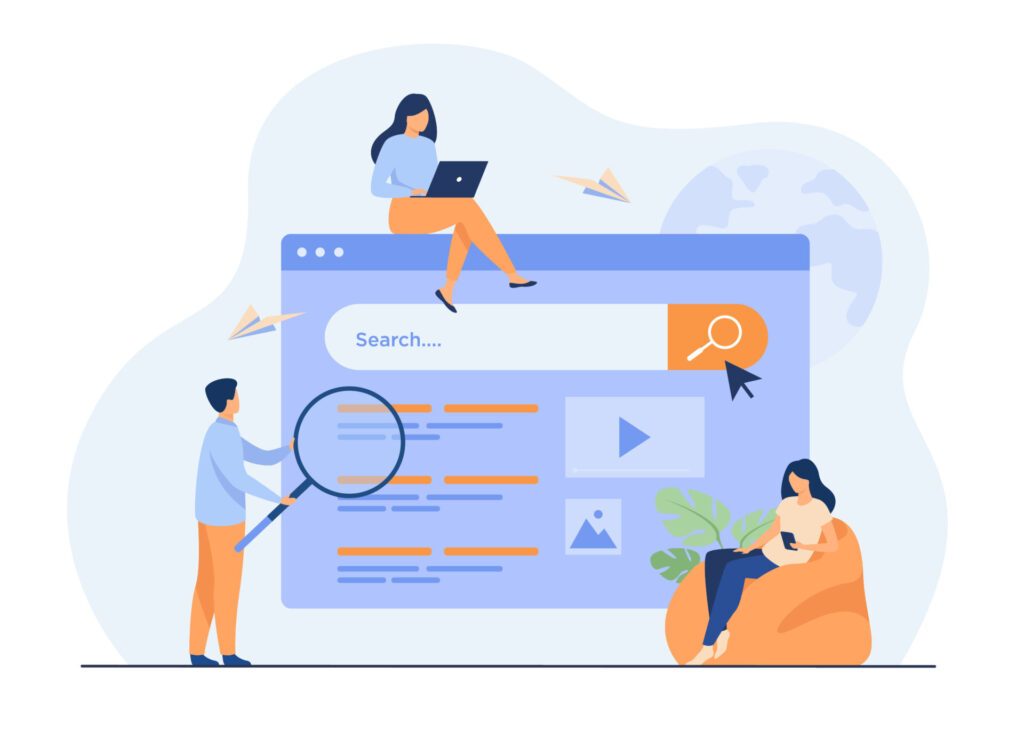

 Develop a Mobile-Friendly Webpage
Develop a Mobile-Friendly Webpage